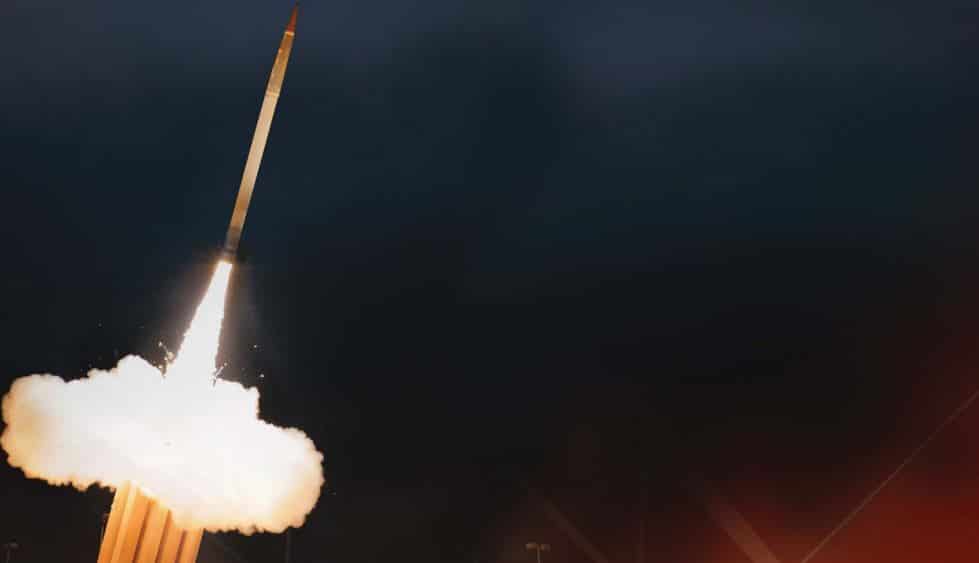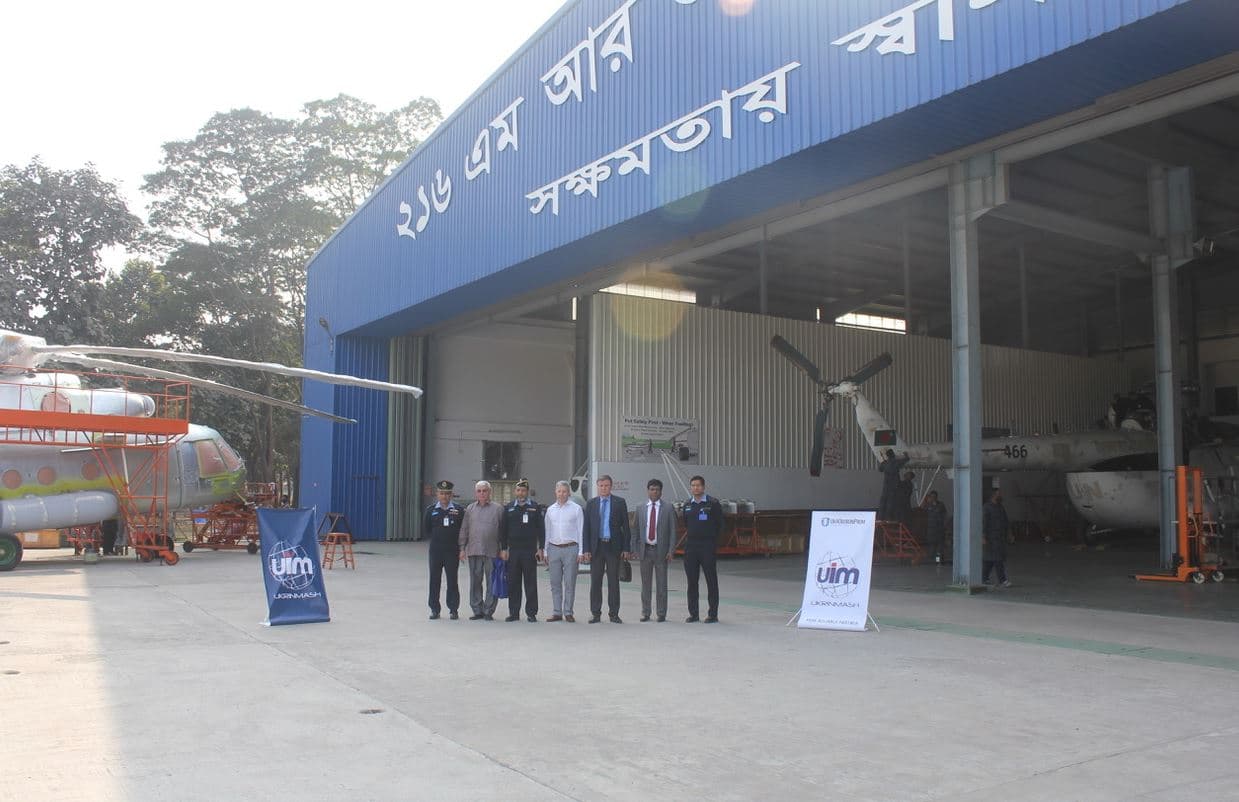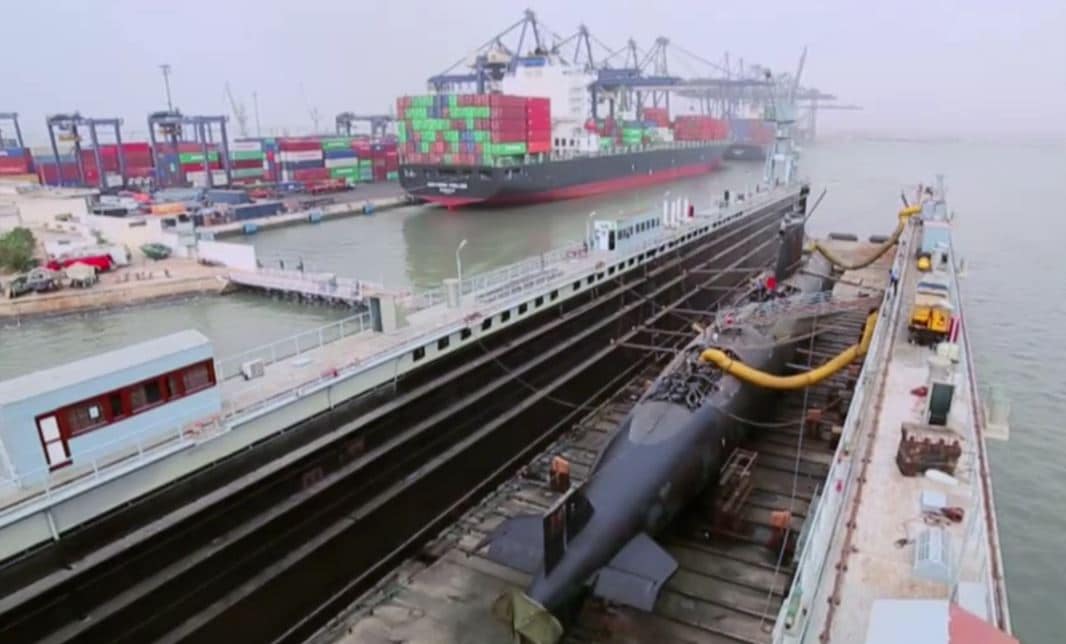2871Views 7Comments

US State Department approves THAAD sale to Saudi Arabia
The U.S. State Department approved a $15 billion U.S. sale for the Terminal High Altitude Area Defense (THAAD) system to Saudi Arabia. Congress was notified of the proposed sale on Friday, October 06.
The proposed contract involves the sale of 44 THAAD launchers with 360 THAAD Interceptor Missiles, 16 Fire Control and Communications Mobile Tactical Station Groups, seven AN/TPY-2 THAAD radars and the requisite maintenance support, technical documentation, training and other ancillary services.
In its statement, the Defence Security Cooperation Agency (DSCA) states:
“This potential sale will substantially increase Saudi Arabia’s capability to defend itself against the growing ballistic missile threat in the region. THAAD’s exo-atmospheric, hit-to-kill capability will add an upper-tier to Saudi Arabia’s layered missile defense architecture and will support modernization of the Royal Saudi Air Defense Force.”
The THAAD is part of the landmark $110 billion U.S. arms package agreed upon by Riyadh and Washington in May of this year. Saudi Arabia is already an operator of the Patriot SAM system. Moreover, in 2015 it had requested a purchase of Patriot Advanced Capability-3 (PAC-3) systems.
An anti-ballistic missile (ABM) system, the THAAD relies on hit-to-kill technology (i.e. using a missile’s kinetic energy) to intercept incoming (terminal-stage) ballistic missiles.
Shortly before the State Department’s notification, Saudi Arabia had agreed to acquire the Almaz-Antey S-400 Triumf long-range air defence system from Russia. Saudi Arabia Military Industries (SAMI) even sent a press release stating that it will manufacture S-400 components.
However, Russia’s Deputy Prime Minister Dmitry Rogozin told TASS that while Saudi Arabia has initiated negotiations for the S-400, neither side has reached a final decision. If both programs come to fruition, Saudi Arabia would operate two marquee systems in parallel.
The THAAD (and S-400) are envisaged to support Saudi Arabia’s Vision 2030 initiative, which aims to have up to 50% of all Saudi defence expenditure channelled through the domestic defence industry.
However, implementation will vary between contracts, and broad commitments to economic offsets does not mean that Saudi Arabia will benefit from critical technology transfers in all areas, especially sensitive areas such as long-range active phased-array radars and long-range SAMs.



7 Comments
by Joseph
Does that mean THAAD is not considered as a threat to F-35?
by Jigsaw
Probably an alternative policy decision only to engage with Russia on lines of Turkey. Obviously US will not allow THAAD to be used against F-35 partner nations in case saudis developed the guts for that.
by bill
THAAD or any other SAM provided by USA shall have arrangements to be useless if becomes threat for US or Israeli assets. The one example is perhaps OBL operation in Pakistan where official stance is that when US/NATO stealthy helicopters entered Pakistani territory the Pak Radars were being jammed. Though not looked to be entirely true yet there is some validity in this stance. No doubt US tech is most superior and has been shown many times during long range missile attacks on Syrian forces/installations being defended by latest Russian SAMs which became useless during such attacks. Similar is case with Israeli jets whenever attacked Syria they came back without loss during latest attacks.
by Joseph
I always suspect the THAAD sold to Saudis would automatically start self destruct sequence once locked on a F-35 radar signature, LOL.
by TZK
Wrt NATO and Israeli air strikes in Syria I am sure there is a hotline between them. As far as I know there have not been any reports of Russian casualties in NATO or Israeli strikes so there must be communication. USA told Russia about the cruise missile strike on Shayrat airbase in advance. The benefit of the S400 for Russia is that NATO air attacks have to be cleared by them first so it is basically protecting Russian personnel in Syria. Both sides do not want to go to war over Syria.
by TZK
Is the THAAD not meant to take out ballistic missiles in their terminal phase and therefore is not an anti-aircraft weapon system, the S400 is probably for this role. Whether it can see F-35 is another debate but some reports suggest that the F35 is only stealthy head on. I suppose KSA are hedging their bets by buying two systems from opposing sides in case of potential kill switches.
by Joseph
I think THAAD is just a more capable and more expensive surface to air missile. S400 is also said to be capable of intercepting ballistic missiles, but as you can see S400 can also intercept just about anything airborne.